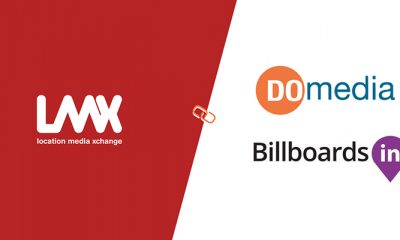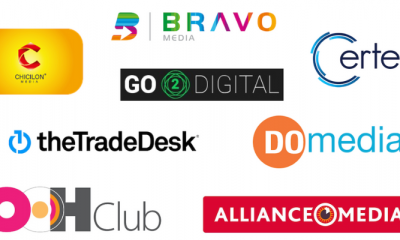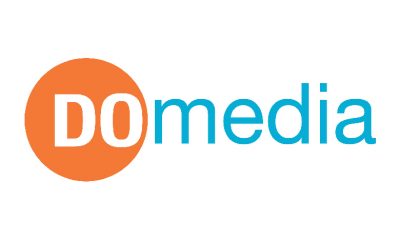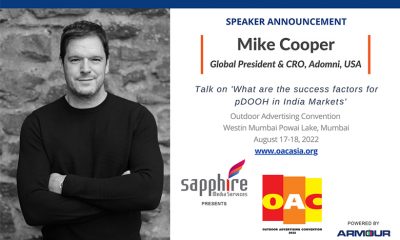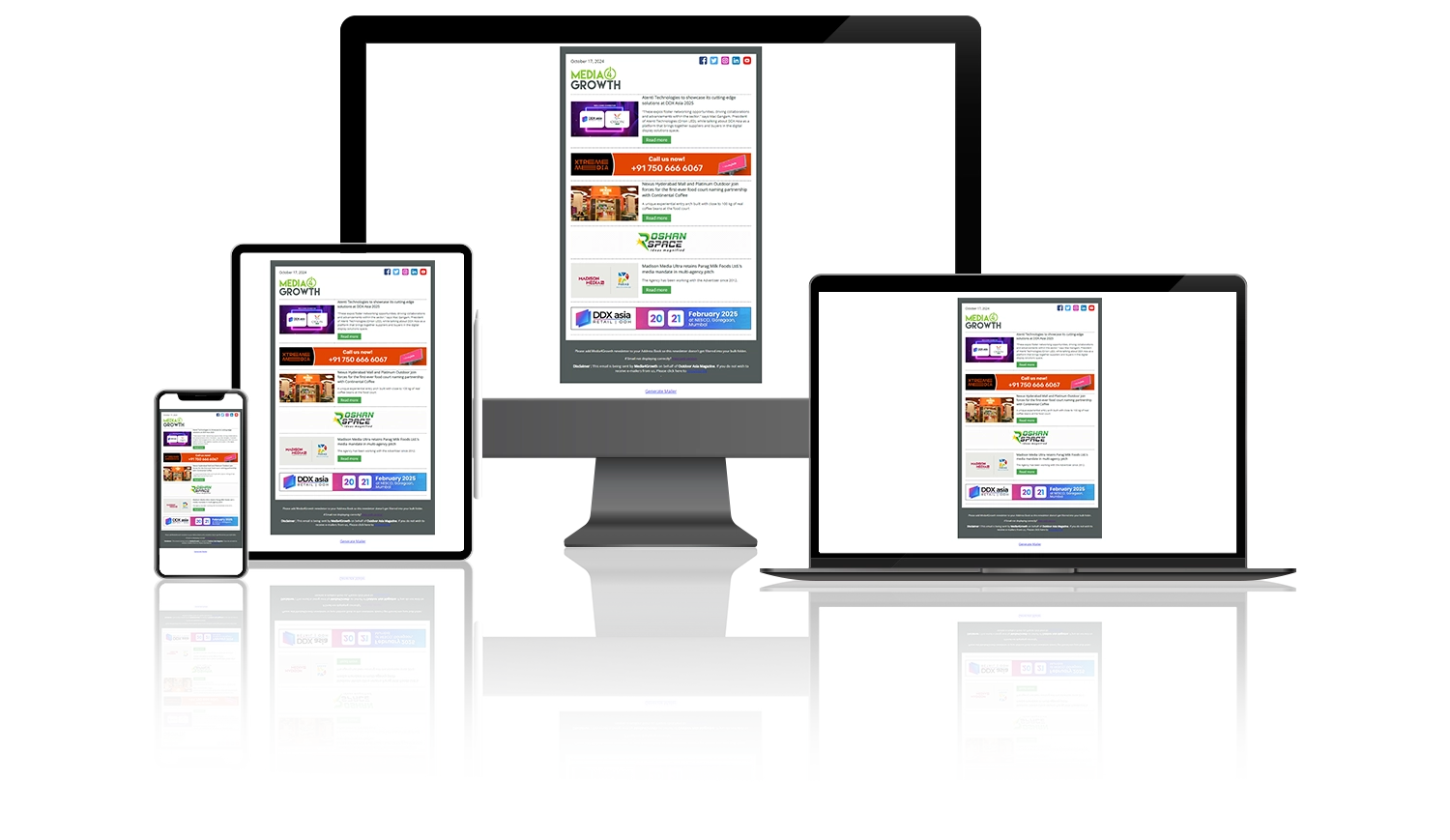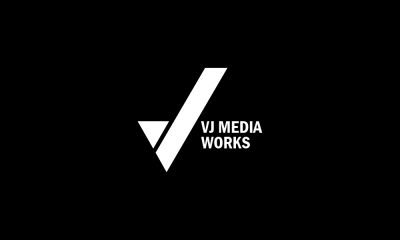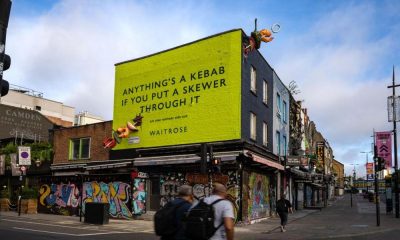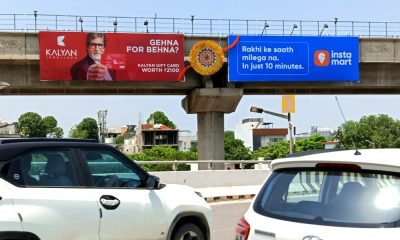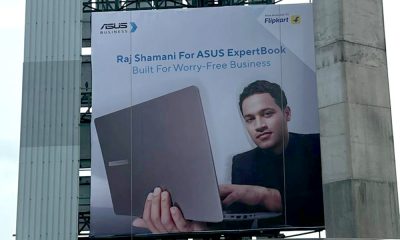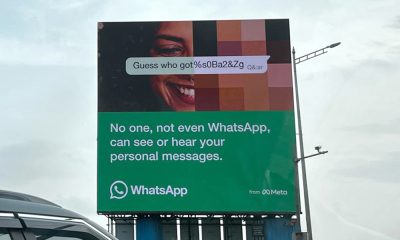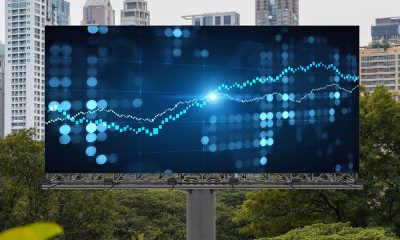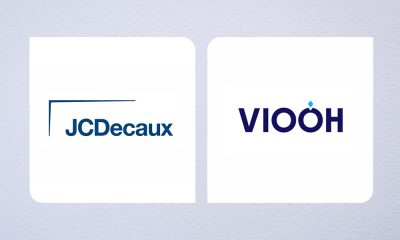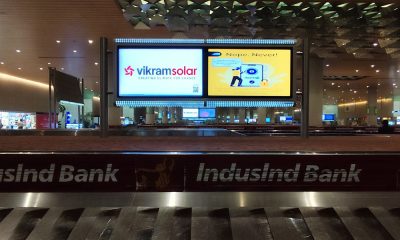Brand Insights
The OOH revolution: Smarter, faster, and fully measurable
Mike Cooper, CEO of DOmedia, offers his perspective on how technology is rewriting the rules of out-of-home advertising.
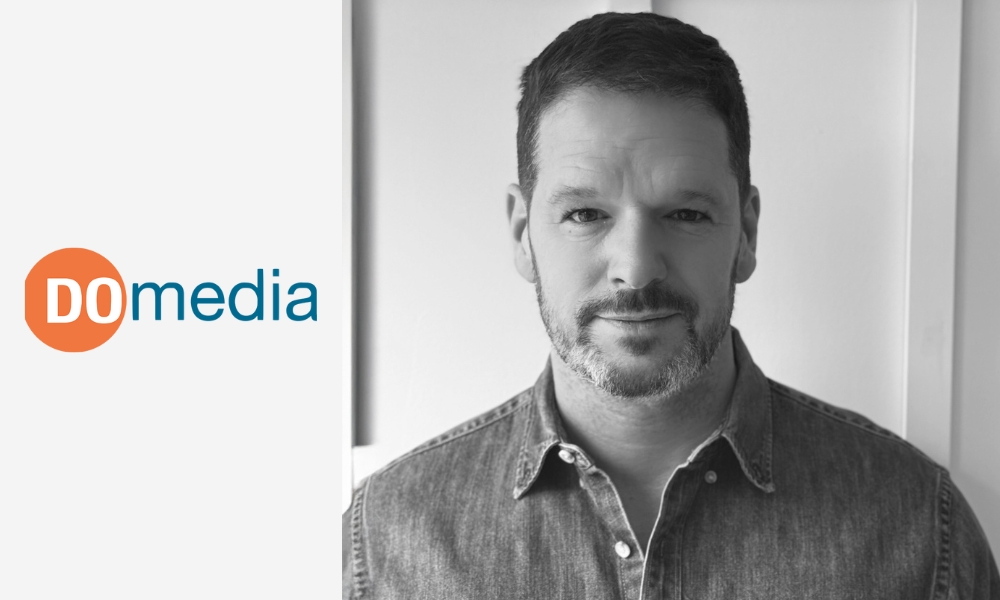
The New Era of OOH: How Tech and AI Are Powering a Paradigm Shift
For decades, Out-of-Home (OOH) advertising had a reputation as the dependable workhorse of the media mix—always present on streets, highways, and subways, but seen as less sophisticated than its digital counterparts. “It was the strong, silent type,” says Mike, CEO of DOmedia. “Reliable, good-looking, but maybe a little behind the times.”
That image is rapidly changing. According to Mike, technology and artificial intelligence have triggered a transformation so profound it’s closer to a revolution than an upgrade. “We’re not just doing what we’ve always done with shinier tools,” he explains. “We’re reimagining what OOH is and what it can be.”
DOmedia, which powers OOH planning, buying, and selling for more than half of U.S. agencies, is at the forefront of this shift. The company is expanding globally, helping agencies navigate what Mike calls “a bold new terrain” for the medium.
From Gut Feel to Guided Strategy
Not long ago, OOH buying relied heavily on instinct. Media teams worked from spreadsheets, maps, and local knowledge, often trusting intuition over hard data. “It was part art, part prayer to the media gods,” Mike recalls.
Today, algorithms have replaced guesswork. AI analyzes real-world data—foot traffic, weather patterns, time-of-day behavior—in real time, ensuring that ads reach the right people at the right moments. “Our tools allow agencies to move from static schedules to dynamic, responsive campaigns,” says Mike. “It’s not about making OOH more complicated—it’s about making it smarter, faster, and more effective.”
From Locations to Audiences
Historically, OOH planning was driven by geography: which street, which neighborhood, which highway. But Mike says the focus has shifted. “Now, it’s about who you want to reach—and then finding where they are,” he explains.
Audience-based buying lets advertisers identify their target demographics first, and then use AI to pinpoint the best placements. This shift has brought OOH into the same measurement universe as digital advertising, with metrics like impressions, behaviors, attribution, and ROI. “The medium once considered untrackable is now fully measurable from exposure to action,” Mike says.
Automation: The Unsung Hero
While targeting and measurement often get the spotlight, automation has been a game-changer behind the scenes. Planning an OOH campaign once involved long email chains, duplicated data entry, and sprawling RFPs. “It was more ‘Out-of-Office’ than Out-of-Home,” Mike jokes.
Integrated, AI-powered platforms now streamline everything—from vendor negotiations to real-time campaign adjustments—freeing agencies to focus on strategy and performance. “It’s like giving your media team a jetpack,” says Mike. “And we’re handing them the keys.”
Measurement That Matters
Advertisers love creativity, but they value accountability just as much. In the past, OOH impact was measured through rough traffic counts or vague brand awareness studies. Now, thanks to mobile location data, computer vision, and advanced analytics, campaigns can be linked directly to measurable outcomes like store visits, app downloads, and online conversions.
“We can finally show not just where the dollars went, but what those dollars did,” Mike says. “That’s the difference between speculation and proof.”
OOH in a Post-Channel World
Looking ahead, Mike sees OOH as an integral part of converged media strategies. He envisions campaigns where digital ads trigger OOH placements during spikes in foot traffic, or billboards that reinforce TV messaging as a consumer leaves the cinema. “These aren’t futuristic fantasies,” he notes. “They’re happening now.”
For Mike, the message is clear: OOH has moved from poster to powerhouse. “The question isn’t whether OOH is catching up,” he says. “It’s whether brands are keeping up with what OOH has become.”
After all, as Mike puts it, “The billboards are talking—and thanks to AI, they finally know who they’re talking to.”

